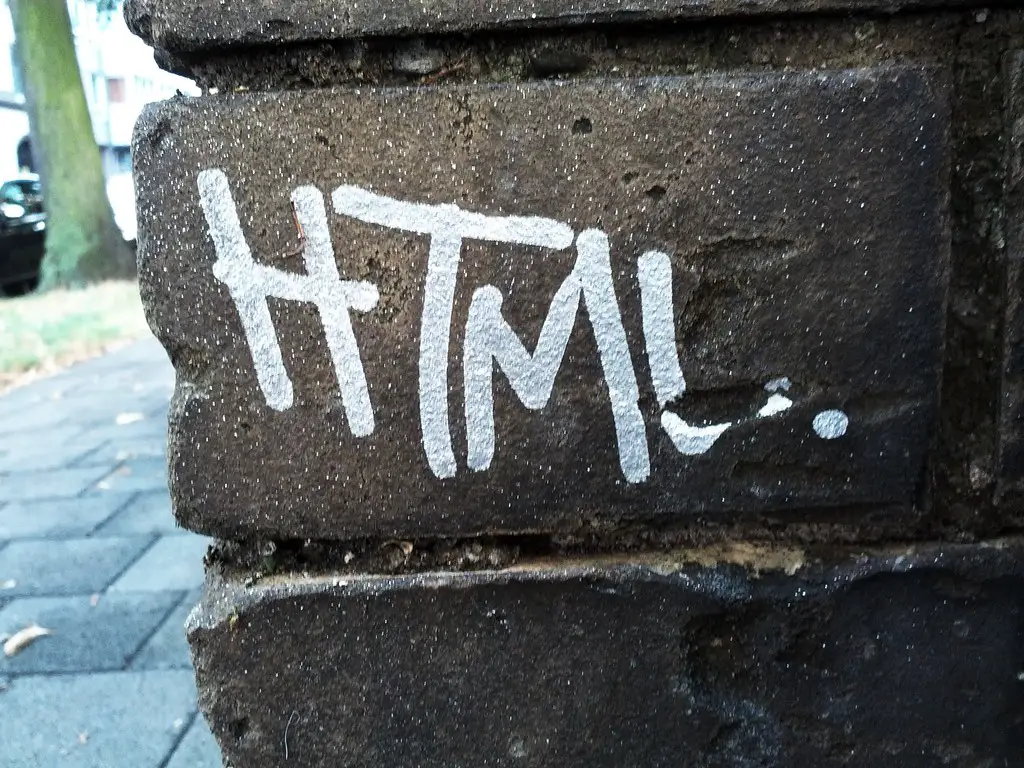How to Create HTML Links Using the Anchor Tag
The anchor tag is used to create HTML links. To create a link, the anchor tag must have an opening and closing tag with the href attribute included in the opening tag. The href attribute specifies the destination of the link.
For example, to create a link to Google’s homepage, use this code:
<a href="https://www.google.com/">Google</a>
This will display as “Google” on your page and when clicked will take you to Google’s homepage.
You can also add additional attributes such as target or title for more control over how your links behave and appear on your page. For example:
<a title="Go to Google" href="https://www.google.com/" target="_blank" rel="noopener">Google</a>
This code will open up a new tab when clicked and display “Go to Google” when hovered over with a mouse cursor or other pointing device such as a finger on touch screens like smartphones or tablets.
How to Make an Image a Link in HTML
In HTML, an image can be made into a link by using the A tag. The A tag is used to create a hyperlink, which is a link from one web page to another. To make an image into a link, the IMG tag should be nested within the opening and closing A tags. The href attribute of the opening A tag should contain the URL of the page that you want to link to. For example:
<a href="https://www.example.com/"> <img src="image-file-name" alt="Image Description" /> </a>
How to Open a Link in a New Tab Using HTML
To open a link in a new tab using HTML, the target attribute should be set to “_blank”. This will ensure that the link opens in a new browser window or tab. The syntax for this is as follows:
<a href="URL" target="_blank" rel="noopener">Link Text</a>
Tips for Writing Effective Anchor Text for Your Links
1. Use Descriptive Keywords: When creating anchor text, use descriptive keywords that accurately describe the content of the page you are linking to. This will help search engines understand what the link is about and improve your SEO rankings.
2. Keep It Short and Sweet: Anchor text should be concise and to-the-point; avoid using long phrases or sentences as anchor text.
3. Avoid Generic Terms: Generic terms such as “click here” or “read more” don’t provide any information about the content of the page you are linking to, so it is best to avoid them when possible.
4. Use Relevant Keywords: Make sure that your anchor text contains relevant keywords related to the content of the page you are linking to; this will help search engines understand what your link is about and improve your SEO rankings accordingly.
5. Avoid Overusing Exact Match Keywords: While it can be beneficial to include exact match keywords in some cases, overusing them can lead to a penalty from search engines for keyword stuffing, so use them sparingly when possible.

